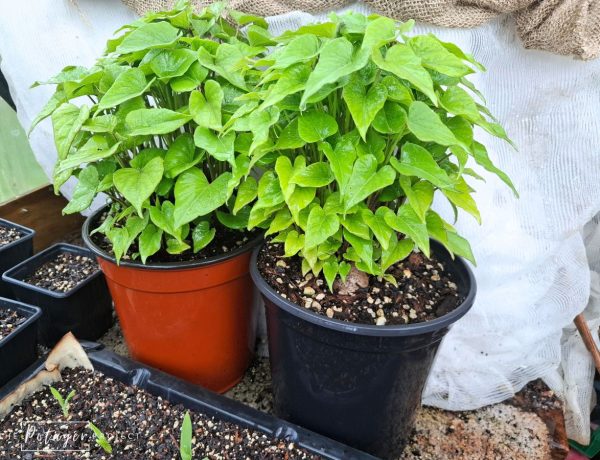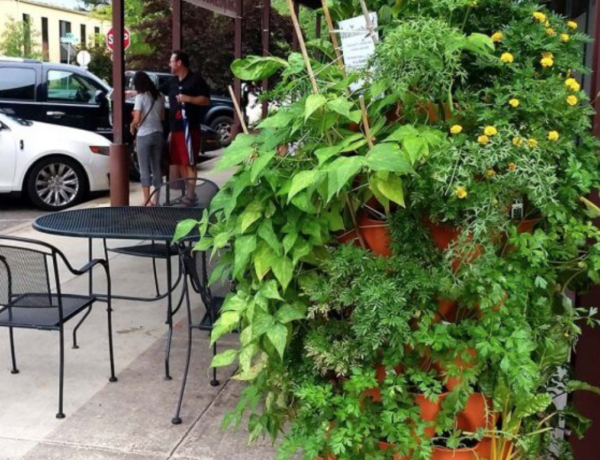Spring is finally here! The days are getting longer, the soil is warming up, and it’s the perfect time to breathe life back into your garden. If you’ve been yearning to get back into the garden after a long winter like I have, here are a few spring gardening tips to get you started. This week, I planted my summer vegetable seeds in the greenhouse – just a handful of seedlings – but it already feels like the start of warmer days!
Before we dive into all the details, here’s a quick spring garden checklist so you know what to tackle first:
Spring Garden Checklist:
1. Clear winter debris and old plants
2. Inspect garden beds for soil quality and damage
3. Add compost or organic matter to enrich the soil
4. Start seeds indoors or prepare direct sowing areas
5. Plan your garden layout for rotation and companion planting
6. Mulch beds to retain moisture and prevent weeds
7. Organize your tools and supplies
8. Keep a journal of what you plant and where
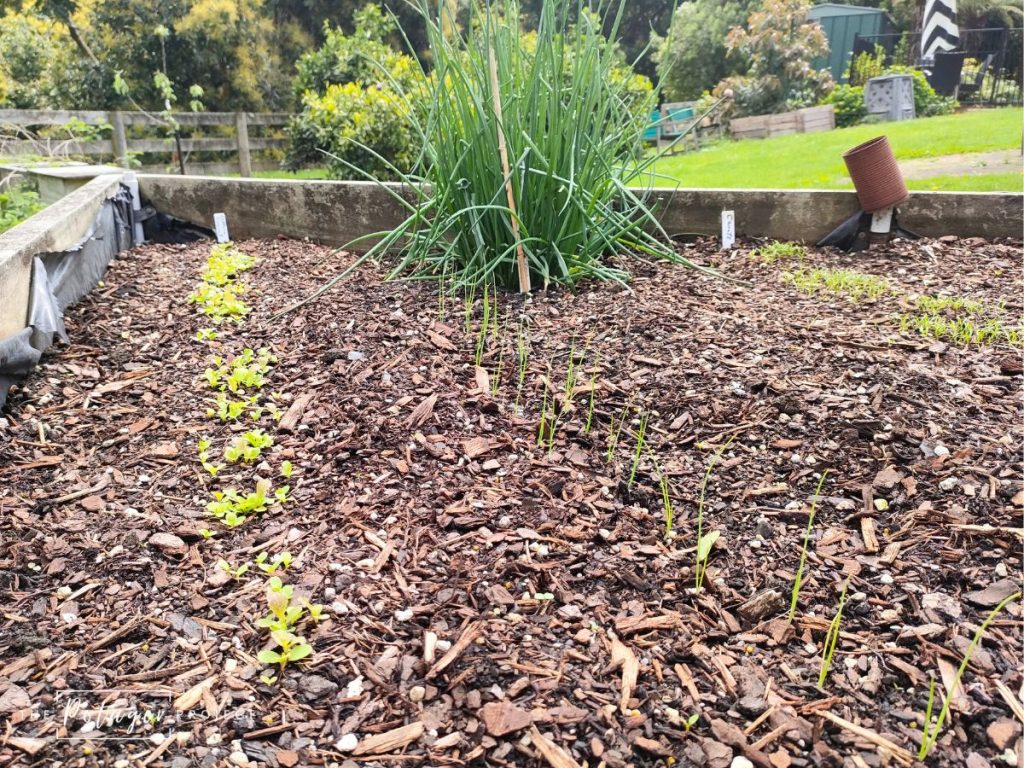
Why Spring is the Perfect Time to Garden
Spring is a season of growth, new beginnings, and dirt under your fingernails! It’s the ideal time to start planting because your vegetables can take full advantage of warming soil and longer days. Last spring, I planted a few lettuce seedlings in a sunny corner of my backyard. By early summer, I had enough leaves for fresh salads every week. Small efforts can yield big results!
6 Spring Gardening Tips to Start the Season
1. Prepare Your Garden Beds
Start by removing leftover winter plants, raking up leaves, removing dead branches and checking for pests. If your soil looks tired, feed it with compost. I like to mix in a generous layer of homemade compost from last year’s garden scraps and use worm castings from my DIY worm farm (my worms worked overtime)! Mix it through your existing soil, loosening the soil gently to allow roots to take hold.
2. Choose What to Plant
This is particularly important if you are planning on growing your plants from seed this year.
Stick with easy vegetables like lettuce, radishes, carrots, and peas. Herbs such as basil, parsley, and coriander also thrive in spring. I planted my first batch of tomato seedlings indoors this week. They’re tiny now, but soon they’ll move to the greenhouse and then outside once the chance of frost has passed.
Starting your seeds or seedling indoors gives tender plants a head start and protects them from unpredictable spring weather.
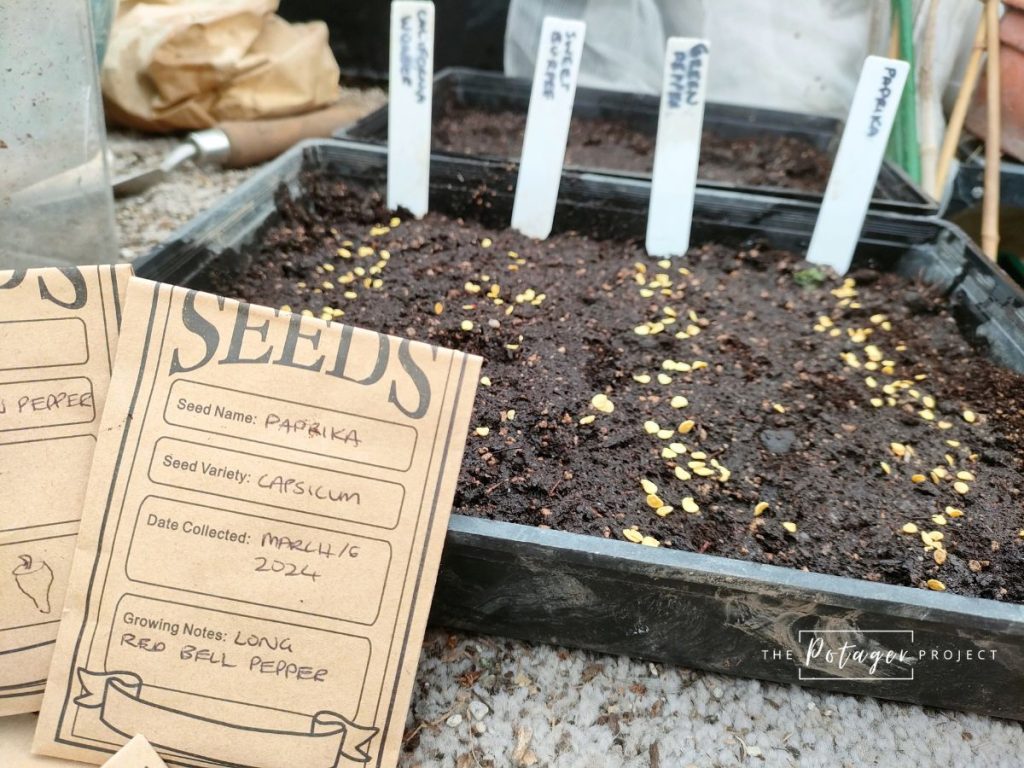
3. Plan Layout and Companion Planting
Think about how your plants will grow together. Companion planting helps your garden stay healthier and more productive. For example:
- Basil and tomatoes: perfect kitchen combo
- Carrots and onions: keep pests away naturally
- Marigolds: protect almost any crop (especially brassicas!)
Last year, I tucked marigolds between my vegetable rows, and I noticed far fewer aphids. It’s like having tiny garden bodyguards!
4. Mulch and Protect Your Plants
Mulching retains moisture, suppresses weeds, and keeps roots happy. Think… straw, shredded leaves, or wood chips. Not only does mulch help suppress weeds, it also breaks down and fertilises the soil – it’s a win, win!
Just be mindful of the type of mulch you use, if it’s too barky, it can draw nitrogen out of the soil, leaving your plants hungry. Aim for a well-balanced, leafy mulch that will break down slowly and add goodness back into the soil rather than strip it.
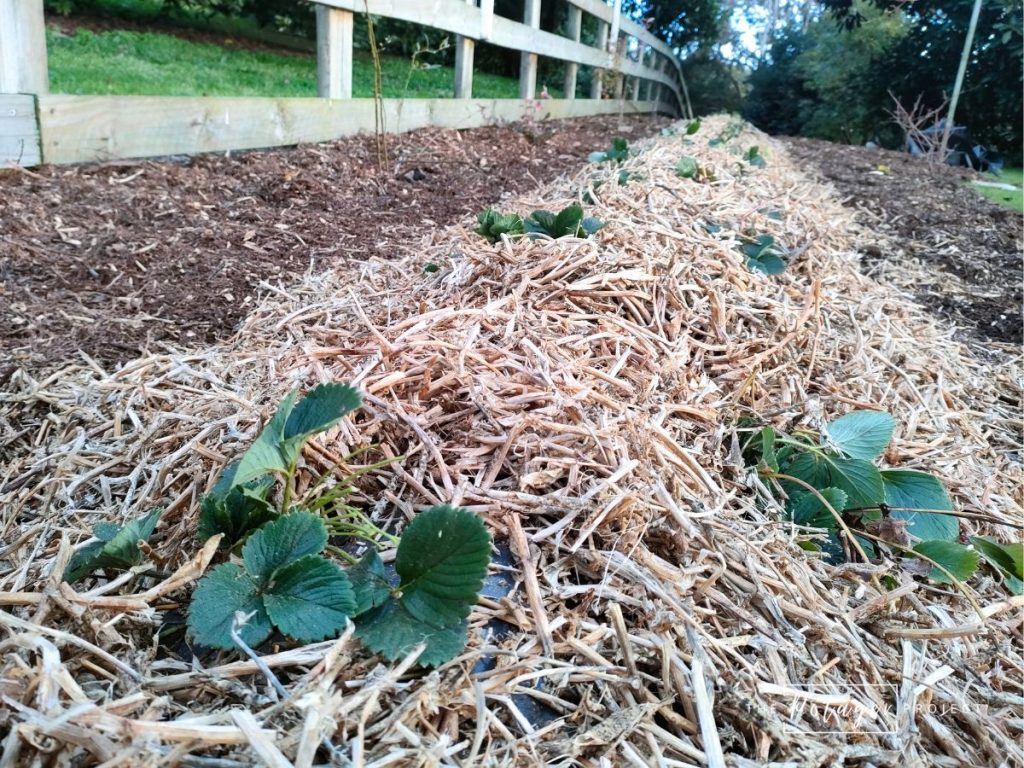
5. Water Wisely
Even with spring showers, you’ll need to water seedlings regularly. Water in the morning so the sun can dry the leaves, reducing the risk of disease. Use a watering can or hose with a gentle spray – your seedlings will thank you.
6. Keep Notes and Observe
Keep a journal of what you plant, where, and how it performs. I like noting which seeds germinate fastest and which areas of my garden get the most sunlight. Observing small changes helps you tweak your garden layout for better results and can help you better plan on where to plant your summer seedling once they’re big enough to plant outside.
Final Spring Gardening Tips
Gardening in spring is about experimenting, learning, and celebrating small victories. Whether you have a balcony, a window box, or a backyard, you can make your garden flourish.
These spring gardening tips are designed to help you enjoy the process, try new things, and get a little messy. But more than anything, the best thing about spring is getting out in the garden again, enjoying the sunshine and getting your hands into the soil. Before you know it, you’ll be harvesting fresh vegetables, fragrant herbs, and colorful salads straight from your garden. Enjoy the warmer days my friends, happy spring!

About the Author
Elle Reed is a passionate gardener and advocate for teaching beginner gardeners how to grow their own food. Elle’s mission is to inspire and empower people to get back to basics, grow their own produce, and embrace a sustainable lifestyle. “Whether it’s a few herb pots in an apartment, a potager or a full garden plot, we can all ‘start somewhere’ to grow our own food, and in doing so, provide healthier food for ourselves and those we love”.


